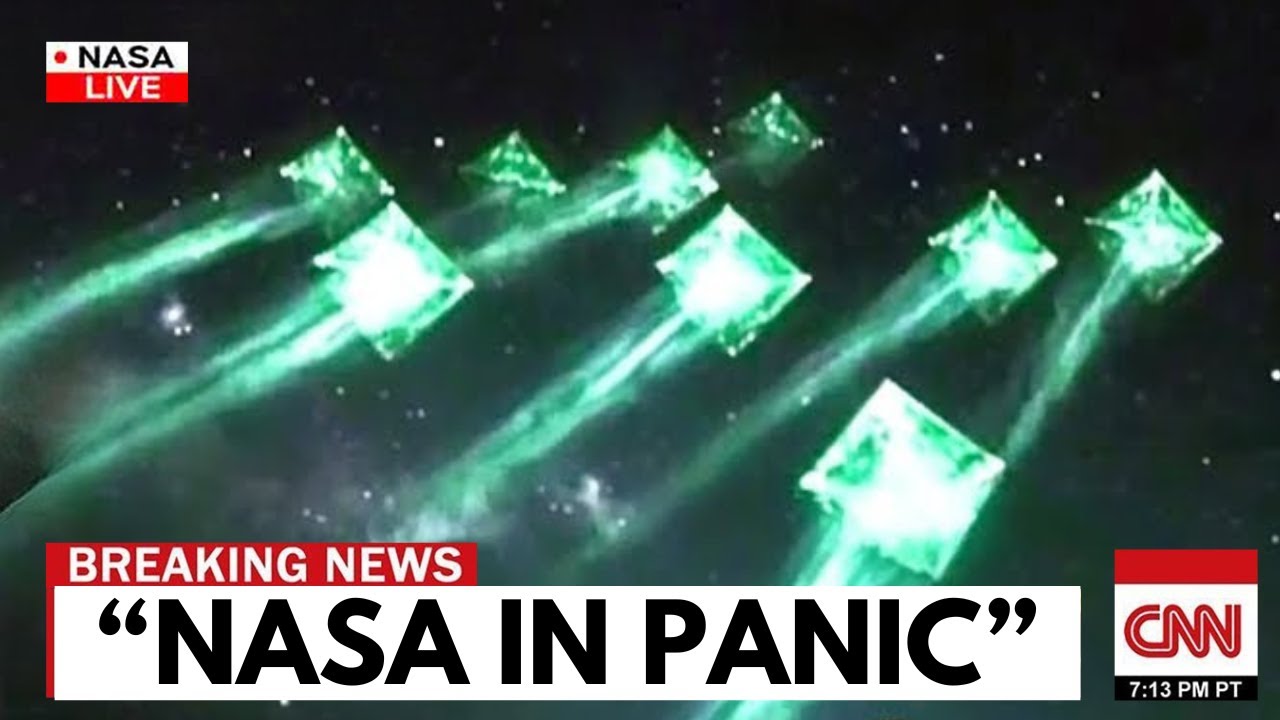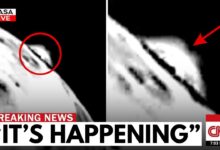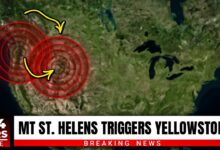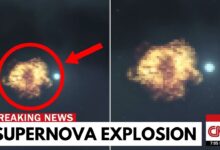Voyager 1’s Last Message CONFIRMS what WE ALL FEARED in Deep Space

Fifteen billion miles from Earth, far beyond the reach of sunlight, where the void consumes even the pull of gravity, a lone spacecraft continues its journey. Voyager 1—launched long before the internet, smartphones, or most of us were born—has outlasted its creators, surpassed its mission, and perhaps even outlived its reason for existence. Yet its most recent transmission wasn’t just a technical hiccup. It wasn’t a glitch. It was something else entirely: a message so faint, so cryptic, and so unsettling that NASA hesitated to reveal the full story.
This wasn’t a signal. It was a signature—a whisper from the edge of the unknown. And according to those close to the mission, what we’ve been told is far from the truth.
Voyager 1 was never meant to last this long. When it left Earth on September 5, 1977, it carried only a five-year mandate: explore Jupiter and Saturn. Its twin, Voyager 2, launched two weeks earlier, took a slower path to include Uranus and Neptune. But thanks to a rare planetary alignment, Voyager 1 slingshotted into deep space, faster than any craft before it. By 1980, its mission was complete. Still, it pressed on—past Pluto, beyond the heliosphere, into interstellar darkness. In 2012, it became the first human creation to leave the Sun’s influence entirely.
Since then, Voyager has drifted in silence, recording the faint traces of cosmic rays and magnetic fields, running on dwindling nuclear power and primitive code. Blind and nearly mute, its signal so weak it registers at less than a trillionth of a watt, it continues to whisper back to Earth. For decades, its faint heartbeat was steady. Until now.
In 2023, a transmission arrived—normal at first, until it wasn’t. The data wasn’t corrupted or broken. It was simply… wrong. Embedded within were patterns no Voyager instrument should have been able to produce. Sequences that didn’t match any known system output. NASA called it a misrouting error, claiming Voyager was mistakenly sending information from a dormant computer. Engineers, they said, rerouted the signal and restored normal function. But the truth was stranger. The data kept changing.
Hidden within the stream were fragments too precise, too deliberate—blocks of information that looked organized, purposeful. Voyager cannot rewrite its own code. And yet, something in its signal suggested exactly that.
What unsettled analysts most was that the data wasn’t tied to Voyager’s sensors. It wasn’t thermal readings, magnetic fluctuations, or position reports. It was something else—something Voyager had never been programmed to detect, let alone transmit.
Outside experts examining the public data stream discovered an even stranger anomaly: a steady oscillation, like a pure musical note, repeating with precision for hours. Not random noise, not system chatter—but a tone. When converted to audio, it revealed an eerie harmony, structured in a way that seemed impossible to dismiss as coincidence.
And then came the silence. For the first time in history, Voyager 1 went completely dark. Twelve hours of nothing—not even the faintest carrier signal. No interference, no weak pulse, just absence. As if it had stepped outside the electromagnetic spectrum entirely. And then, just as suddenly, it returned. Same position. Same frequency. But different data.
The probe’s internal clock no longer matched Earth’s or its own. The transmission came back structured, patterned, accompanied once more by that haunting tone—this time more refined, as though something had been learning, perfecting.
Within NASA’s Deep Space Network, urgency shifted to secrecy. Antennas were reallocated. Access restricted. Meetings moved offline. Former engineers were quietly called back. They weren’t just troubleshooting an old probe. They were trying to interpret something new. Something intelligent.
Because the embedded patterns didn’t just repeat—they adapted. They referenced physical constants with a precision Voyager could never measure: the gravitational constant, the Hubble parameter, atomic values, all calculated to a finer resolution than its instruments allowed. Which meant only one thing: the data hadn’t originated from Voyager. It had passed through Voyager.
The probe had become a relay. A messenger.
So the terrifying question follows: who, or what, sent the message?
Voyager wasn’t supposed to last this long. It wasn’t supposed to speak again. Yet in its final breath of transmission, it may have carried not just a farewell—but an invitation.
This was not a glitch. Not noise. Not failure. The patterns were deliberate, structured, intelligent—not by human standards, but in the universal language of resonance, symmetry, and silence. Something reached across the void, using Voyager as its voice.
And what it said wasn’t an answer. It was a question.
Are we ready to listen?
Because if Voyager truly carried back more than just data—if it carried a reply—then humanity’s loneliest probe may have just become the first bridge between us and something waiting in the dark.







